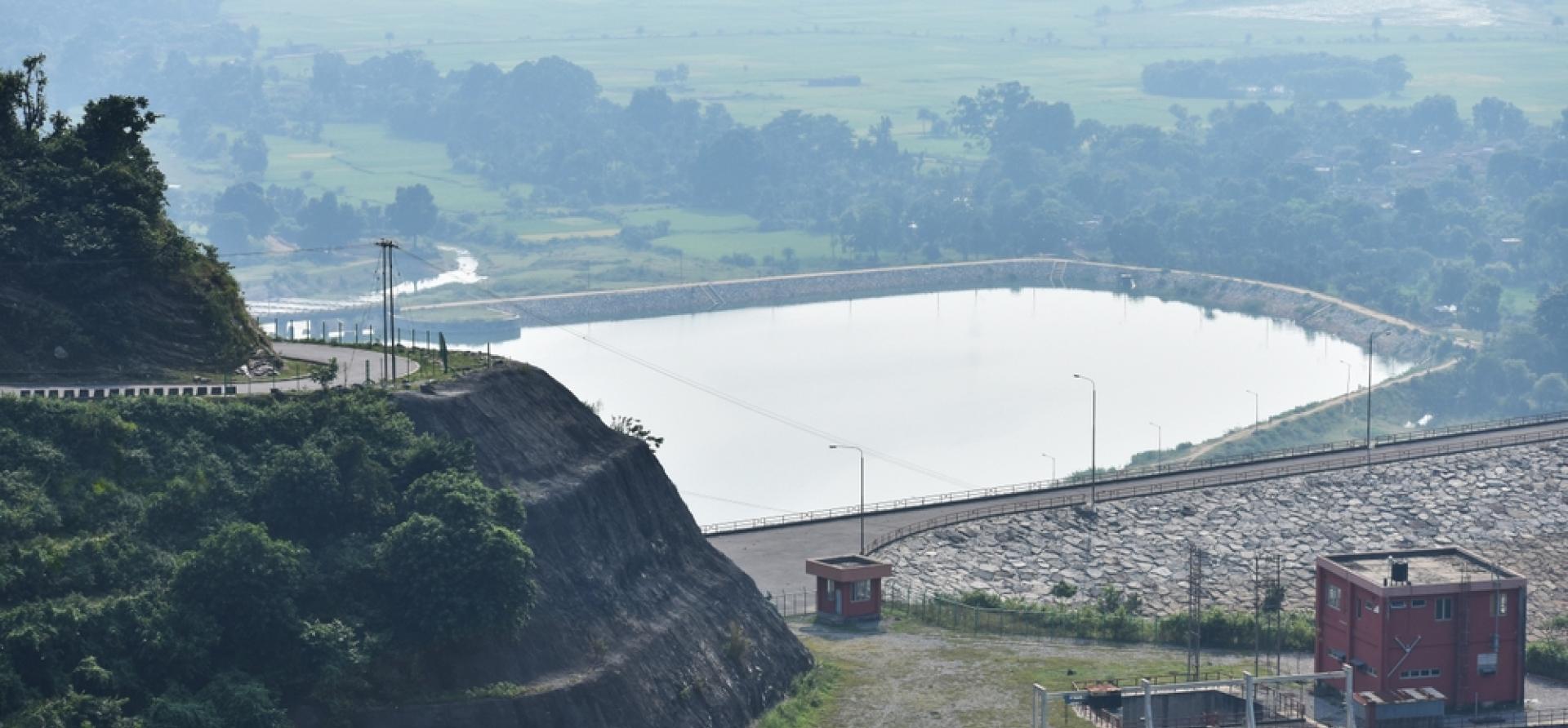Assessing West Bengal’s electricity transition progress: Challenges and opportunities

Key Findings
West Bengal's clean energy use is currently low, ranking among the lowest in India. However, the state can make efforts to tap into its great renewable energy potential.
Investing in clean energy like solar and wind power helps fight climate change and creates new jobs in a booming sector. It is a win-win for the environment and the economy.
West Bengal's initiatives like rooftop solar and plans for a clean energy future are encouraging. But to truly transition, the state needs to accelerate these efforts.
Reducing dependence on fossil fuels is essential. However, this shift must be "just" – protecting the livelihoods of those currently employed in the industry through support programmes and reskilling initiatives.
Transitioning to clean electricity generation is vital to achieving India’s developmental and climate goals. In the country’s electricity transition journey, states have an equally crucial role to play as the central government. While West Bengal’s electricity transition story is yet to move beyond the prologue, with the right decisions and policies, the state has the opportunity to regain its lost glory when it comes to its importance in India’s economy.
For the second year running, the Institute for Energy Economics and Financial Analysis (IEEFA) and Ember’s joint study – Indian States’ Electricity Transition (SET): 2024 – found that West Bengal’s progress has been slower than others across most of the 18 parameters in the study.
West Bengal’s share of renewable energy consumption in the total electricity consumption within the state accounted for just 10%, one of the lowest amongst the 21 states considered in the SET 2024 report. Yet, the state has significant untapped potential for harnessing clean energy. Our study found that West Bengal has utilised just 8% (roughly 636 megawatts (MW)) of its renewable energy potential (excluding large hydro), as of February 2024.
The untapped potential is a golden opportunity for West Bengal. By investing in and promoting the development of renewable energy infrastructure, West Bengal can not only reduce its carbon footprint but also create employment opportunities and foster economic growth in the renewable energy sector.
Commendably, the state has taken steps to enhance renewable energy generation. Last year, it invited bids for setting up another 900MW pumped-hydro storage project in the state. The new project will add to the already successfully running 900MW Purulia Pumped Storage Project operated by the West Bengal State Electricity Distribution Company Ltd. By 2030, the state aims to generate 20% of its electricity from renewable sources. Although the state’s existing renewable energy policy lapsed in 2022, its officials had indicated last year that work on a comprehensive decarbonisation policy is underway.
While it waits to add capacity, West Bengal can procure more clean electricity from short-term power markets. Our analysis found that only 18% of its total power purchase and captive generation were traded in the short-term electricity market in the fiscal year (FY) 2023. Of this, a mere 0.3% (~38MUs) is traded in the green day ahead market.
Another potential area of opportunity is distributed renewable energy, or, in West Bengal’s case, rooftop solar. The state has only approximately 4% (~80MW) of its renewable energy installed capacity in the distributed solar energy category. Officials, though, have already identified it as an area of potential growth and have started to invite tenders to solarise the rooftops of its government buildings.
In fact, the state has also shown its progressive outlook by adopting policies like the Green Open Access Rules, which ease the process for commercial & industrial consumers to source renewable energy directly.
In addition, the state is taking measures towards the electrification of its transport infrastructure. With 318 public charging stations as of February 2024 and 67,756 total electric vehicle sales as of January 2024 in the state, the West Bengal government is actively seeking investments in electric vehicle infrastructure, including lithium batteries, charging stations, and e-bus manufacturing.
By fostering the growth of EV-related industries and providing training opportunities, the initiative aims to accelerate the transition to electric vehicles, thus reducing reliance on fossil fuels and promoting a cleaner energy future. This could lead to a more significant uptake of electric vehicles, contributing to the overall transition towards renewable energy and lower greenhouse gas emissions in the transportation sector.
Amid West Bengal's journey towards a greener energy landscape lies the significant challenge of fossil fuel dependency, a hurdle that must be addressed for a successful transition. The state's heavy reliance on fossil fuel-fired electricity poses a dual threat, both to its environmental sustainability and its long-term economic resilience.
However, this challenge presents an opportunity for a just transition—a shift towards clean energy that ensures no one is left behind. As West Bengal navigates this transition, it must prioritise policies and initiatives that not only reduce its dependence on fossil fuels but also safeguard the livelihoods of those currently employed in the fossil fuel industry. A just transition entails investing in renewable energy infrastructure while simultaneously supporting affected communities through reskilling programs and social safety nets.
By embracing a just transition approach, West Bengal can not only mitigate the environmental impacts of fossil fuel dependency but also foster social equity and inclusive economic growth. This entails not only phasing out fossil fuel infrastructure but also investing in renewable energy projects that create local jobs and empower communities. Through concerted efforts and a commitment to sustainability, West Bengal can pave the way for a cleaner, more prosperous future for its citizens.
This article was first published in The Statesman.
















